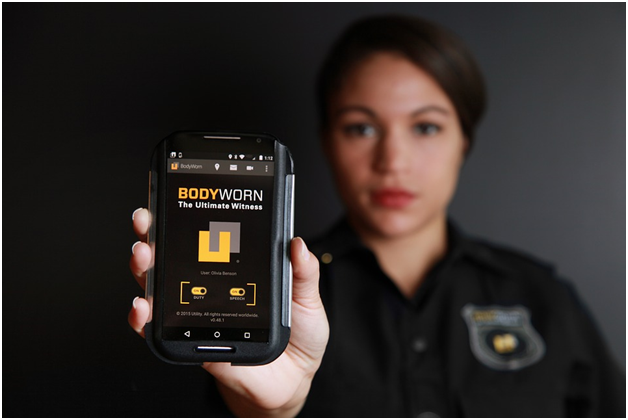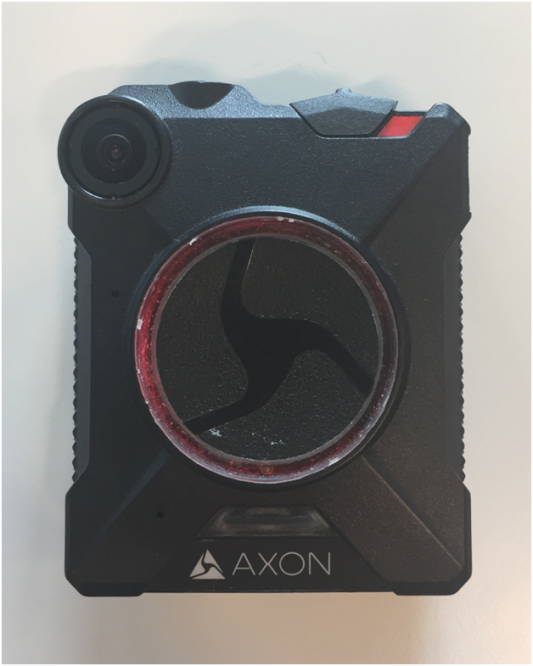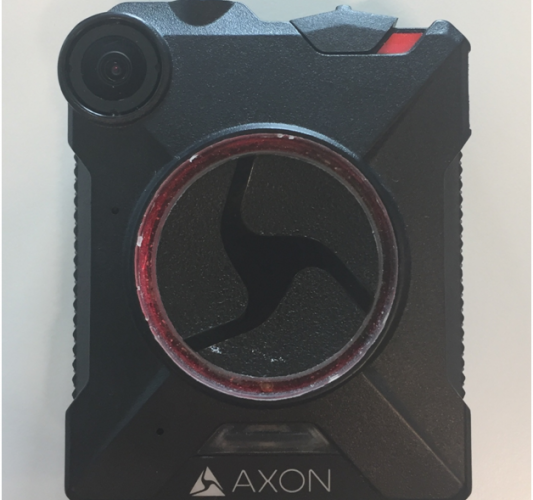Her Majesty’s Prison and Parole Service, or HMPPS, provides the personnel who run and staff prisons and deal with parolees, as their name would suggest.

Their officers, therefore, work with high concentrations of dangerous or violent people day in and day out. Like many other government-funded institutions in the age of austerity, HMPPS have been fighting for funding, with regularly expressed concerns about officer safety.
To help with this, HMPPS has committed to providing officers who are likely to encounter conflict with a body worn camera in hopes of improving safety. Body cameras will also have a knock-on effect of improving officer behaviour, effectively providing an answer to the previously rhetorical question of who watches the watchmen.
Improving safety for prison officers
The primary purpose of the body camera rollout is to improve the perceived safety of prison officers, improve working conditions and combat the rumblings present in the industry, such as the safety concerns leading to the government seeking a ban on prison officer industrial action in July.

If someone is committed to causing violence, a camera won’t stop them. In the majority of cases, however, they will help de-escalate conflicts. When those involved know they are being filmed, and therefore their behaviour is available as fairly irrefutable evidence, they know that if they cause a problem, they will face consequences; there is no more room for a feeling that they might be able to “get away with it”.
More than that, cameras can protect prison officers from spurious claims of abuse, which could previously cast a long shadow over an individual’s career and possibly ruin it.
Watching the watchmen
The other half of the equation regarding body worn cameras, such as those used by https://www.pinnacleresponse.com/, is improving prisoner safety, and especially improving prison officer accountability.
HMPPS has included substantial guidance on when the worn cameras must be recording, such as whenever an officer believes that there may be an incident. The guidance also includes requirements for officers who fail to record incidents to justify why they did not, including substantial repercussions for those who provide no reason or deliberately obscure the camera’s recording.
While prisons are unpleasant places for everyone within them, whether they are working there or incarcerated, worn cameras may improve the safety and conditions for everyone involved.

